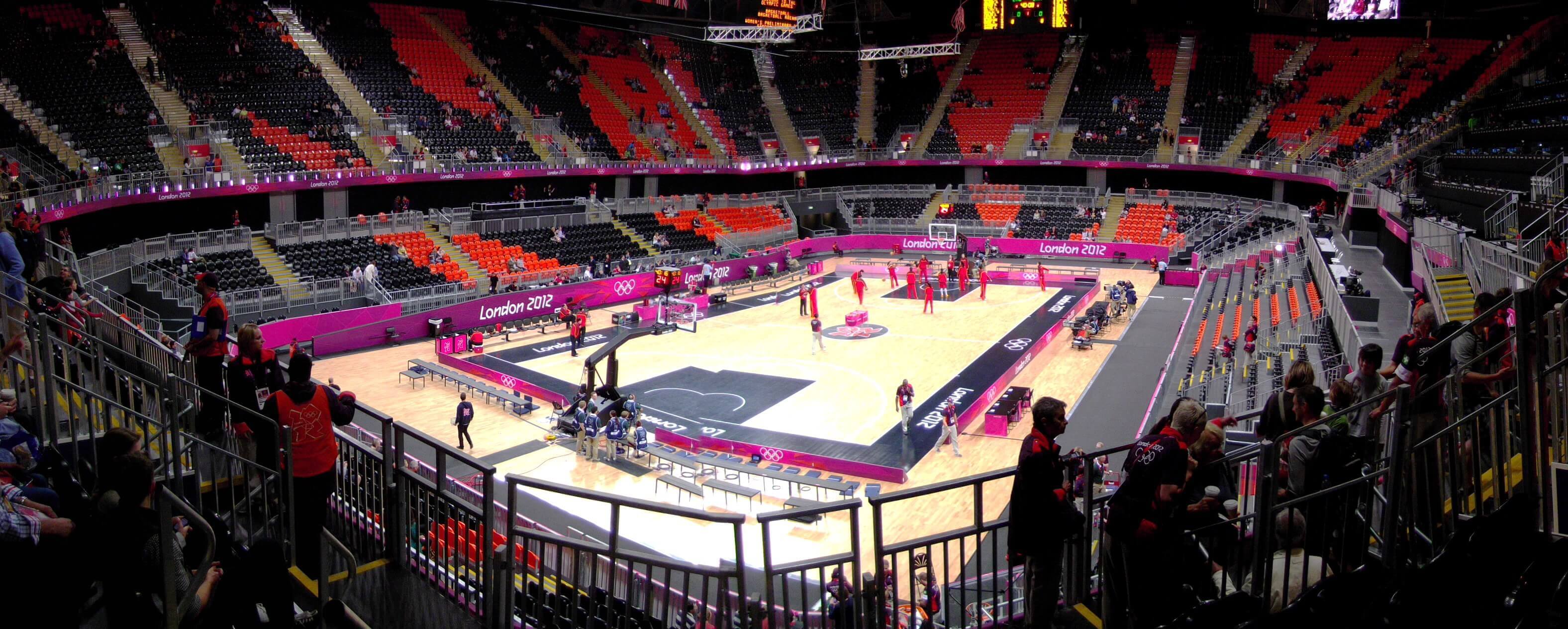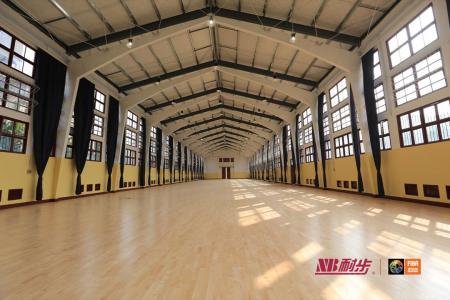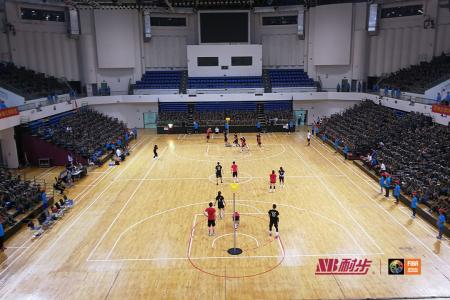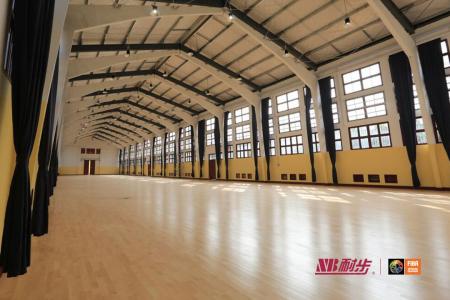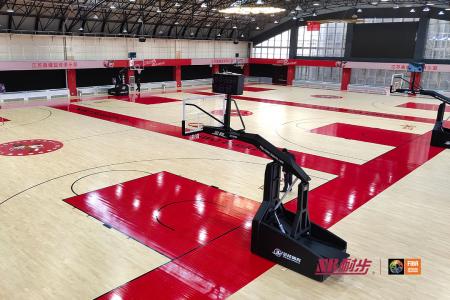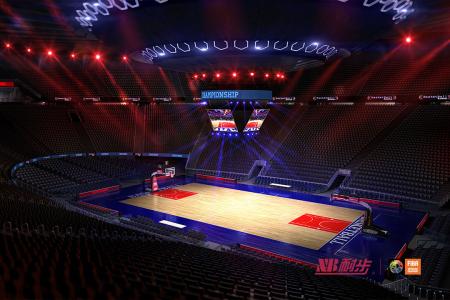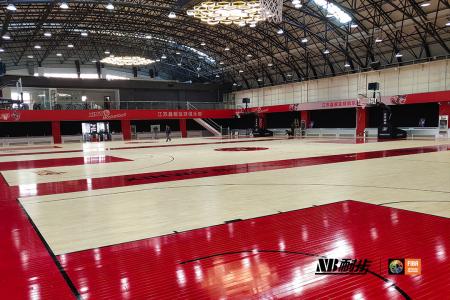Types of Sports Wood Flooring: Comprehensive Analysis and Purchasing Guide

In In the construction of sports venues and gym floors, floor selection is a crucial step. Among them, sports wood flooring is popular because of its excellent performance and comfortable use experience. However, there are many types of sports wooden floors on the market. How to choose a suitable sports wooden floor has become the focus of many venue managers and fitness enthusiasts. This article will provide a comprehensive analysis of the types of sports wood flooring to help you better understand and choose the appropriate sports wood flooring.
1. General overview of sports wooden flooring
Sports wooden flooring is a ground material designed to meet various sports activities. Compared with ordinary wooden floors, sports wooden floors need to have stronger wear resistance, impact resistance and anti-slip properties to adapt to the intense needs of various sports such as basketball, badminton, and volleyball. In addition, sports wood floors should also have good elasticity to protect athletes' joints and reduce the risk of sports injuries.
2. Classification of sports wood flooring
According to different materials, sports wood flooring can be divided into three categories: solid wood flooring, composite wood flooring and engineered wood flooring. Each type of flooring has its own unique advantages and disadvantages and is suitable for different venues and usage needs. Next, we will conduct a detailed analysis of these three types of sports wood flooring.
1. Solid wood flooring
(1) Characteristics and advantages
Solid wood flooring is made of natural wood. Because of its natural material, it has good elasticity and Comfort. Solid wood flooring has a natural texture, can provide beautiful visual effects, and has good air permeability, which can effectively regulate indoor humidity. In addition, solid wood flooring has high durability and impact resistance, making it suitable for frequently used sports venues.
(2) Disadvantages
However, the price of solid wood floors is usually higher, and the maintenance costs should not be underestimated. Prolonged moisture or direct sunlight may cause deformation or fading. Therefore, special attention needs to be paid to environmental control when purchasing and performing daily maintenance.
2. Composite wood flooring
(1) Characteristics and advantages
Composite wood flooring is made of multiple layers of wood bonded together and pressed through a special process. become. Its surface layer is usually made of high-quality solid wood, and its inner layer is made of more cost-effective artificial boards. Composite wood flooring is relatively low-cost, has excellent wear resistance and stability, and can withstand frequent movement and high-intensity impact.
(2) Disadvantages
Although composite wood flooring is cost-effective, its elasticity and comfort are often not comparable to solid wood flooring. During use, trampling sounds are likely to occur, affecting the overall experience of the venue. In addition, compared to solid wood flooring, the visual effect and touch of composite wood flooring are slightly inferior.
3. Engineered wood flooring
(1) Features and advantages
Engineered wood flooring is made by gluing multiple layers of wood. The bottom layer is usually a waterproof and moisture-proof artificial board, and the surface layer is high-quality of solid wood or wooden beautiful materials. Engineered wood flooring has outstanding performance in wear resistance and stability, and is especially suitable for venues with large environmental changes. At the same time, its price is relatively reasonable, making it ideal for sports venues with a limited budget.
(2) Disadvantages
The disadvantage of engineered wood flooring is its elasticity and comfort, especially during high-intensity exercise, which may not provide sufficient cushioning. In addition, if you choose low-quality engineered wood flooring, the service life may be greatly shortened due to inferior materials.
3. Principles for Selection of Sports Wood Flooring
For different types of sports wood floors, how to choose the floor type suitable for your venue? The following selection principles can be used as a reference:
1. Consider the type of sport
Different sports have different requirements for the floor. For example, basketball requires better elasticity and impact absorption capabilities, while badminton pays more attention to the flatness and friction of the ground. Therefore, when purchasing wooden flooring, you need to consider the main types of sports that will be played in the venue to choose the appropriate flooring.
2. Evaluate the budget
The prices of different types of sports wood floors vary greatly, so a budget evaluation should be done before purchasing. When funds are limited, you can consider choosing composite wood flooring or engineered wood flooring to ensure cost-effectiveness.
3. Environmental adaptability
The environmental conditions of sports venues affect the service life of wooden floors. Adaptable wooden floors should be selected based on environmental factors such as lighting and humidity of the venue. For example, floors with better waterproof performance should be selected in humid areas in the south.
4. Maintenance costs
When choosing sports wood flooring, you should also pay attention to the later maintenance costs. Although solid wood floors are comfortable, they require regular waxing and maintenance; while composite wood floors have lower maintenance costs and are relatively suitable for frequently used venues.
4. How to maintain and maintain sports wood flooring
After choosing a suitable sports wood floor, daily maintenance and upkeep work cannot be ignored. Only by doing good maintenance can the service life of the floor be extended and its good sports performance maintained.
1. Regular cleaning
Sports wooden floors should be cleaned regularly to avoid accumulation of sand, dust and dirt. When cleaning, it is recommended to use a dry mop and a special wood floor cleaner to avoid using too much water.
2. Moisture-proof treatment
For solid wood floors, moisture-proofing is particularly important. The venue should be kept well ventilated, and moisture should be avoided as much as possible to prevent floor deformation. If necessary, a moisture-proof membrane can be laid on the floor to ensure that the floor is not affected by moisture.
3. Regular maintenance
For solid wood and engineered wood floors, they need to be cleaned 1 to 2 times a year.Wax and care to protect its surface and maintain good gloss. At the same time, regularly check whether the joints and nails of the floor are loose and repair them in time to prevent safety hazards.
4. Avoid direct exposure to high temperatures
In summer or seasons with strong sunlight, avoid direct sunlight on the ground to ensure that the indoor temperature is suitable. Curtains or awnings can be used to reduce the impact of light on the floor.
Summary
Choosing the right sports wooden floor is related to the safety and comfort of athletes, and it also affects the experience of using the venue. This article comprehensively analyzes the types of sports wood flooring and provides readers with suggestions for purchase and maintenance. I hope this article will help you find the most suitable type of sports wood flooring when planning and building sports venues.

